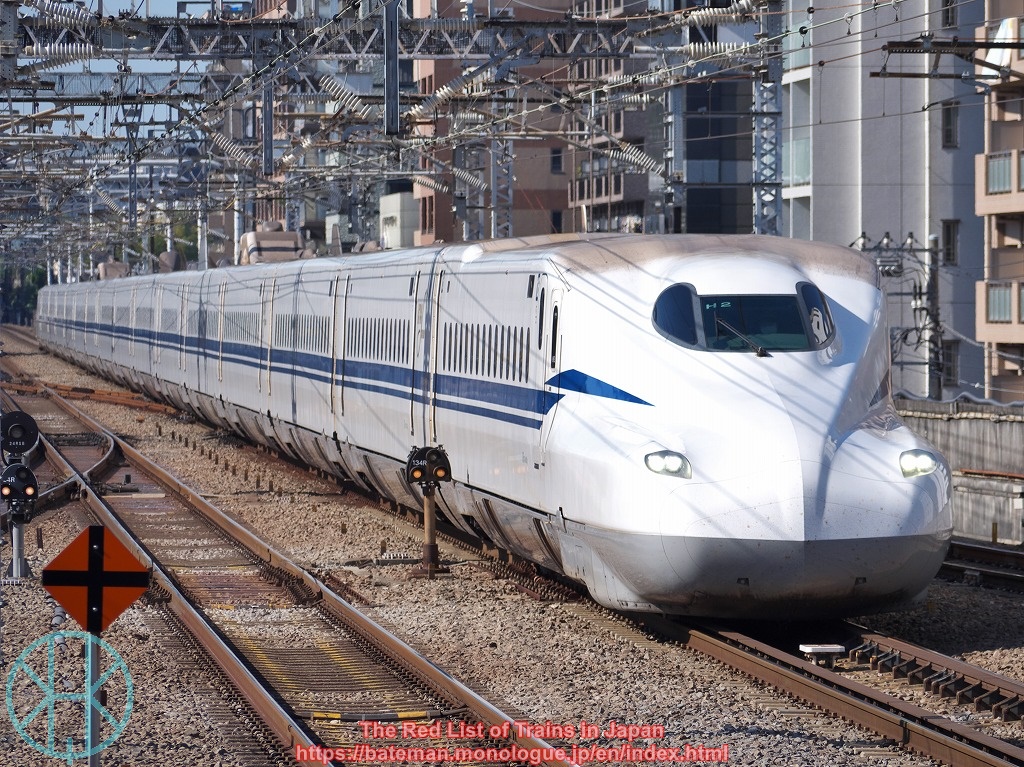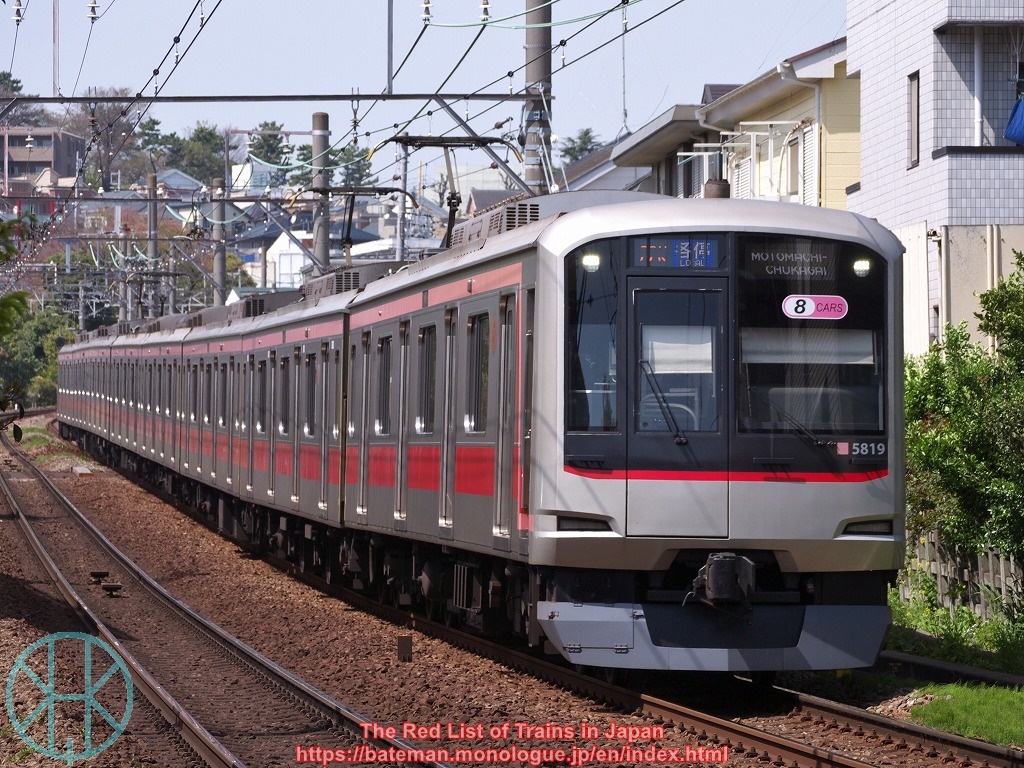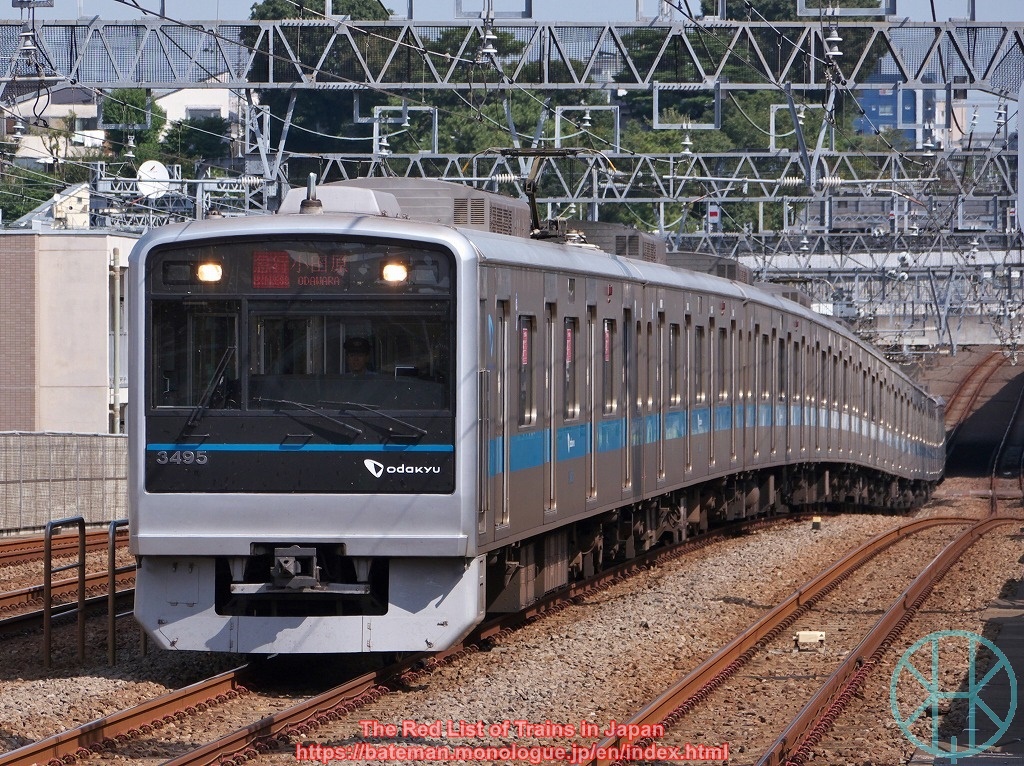
Japanese National Railways KiHa 58 series was once the most numerous diesel train in Japanese history, as 1,823 carriages were delivered in 1961-69. There were also two more series derived from the KiHa 58 series: KiHa 56 series for Hokkaido and KiHa 57 series for Usui Pass on Shin'etsu Main Line. The total number of "KiHa 58 series family" was 2,117 carriages in total, accounting for 30% of the entire diesel trains in the country.
JR group had used them even after the privatisation of JNR in 1987, but the number dramatically dropped in the 1990s and 2000s. HERE for more information about the series. The series was withdrawn from all regular JR services in 2011, but Isumi Railway in Chiba Prefecture bought one and they has used it at weekends. However, its demise is now imminent.

The only operational carriage is KiHa 28 2346 (hereinafter referred to as "the carriage"), which worked as the last regular service of the series on Takayama Main Line in western Japan. The carriage, which was originally KiHa 28 346, was built in 1964. It had mostly been used in San'in region, but it was temporarily allocated to Chiba Prefecture in July 1964 as there were significant number of tourists going to beaches during summer holidays. Though the carriage was returned to Yonago Depot in Tottori Prefecture, it did run in Chiba and possibly in Tokyo.
In 2012, a year after the retirement, the then-president of Isumi Railway, Akira Torizuka, decided to reintroduce the carriage to mainline. Isumi Railway is a rural line in Chiba Prefecture, and it has been on the verge of permanent closure. Torizuka considered that the carriage will attract railway enthusiasts with cameras, just like what he did when he was young. Then, the carriage became the de facto preserved train.

The carriage mostly ran at weekends and holidays together with another de facto preserved train, KiHa 52 125. Were they profitable? Obviously not, as maintaining these old trains cost considerably. Was the (re)introduction of those diesel trains successful? To some extent, yes. Torizuka has been reiterating that rural lines can bring tourists to the area so that local economy might benefit from the railway. Even if railway enthusiasts visit the towns and villages by car, they surely go to restaurants and convenience stores to have lunch, and perhaps also petrol stations. Some of them might visit small shops that deal in local food, sake and other souvenirs. Torizuka realised that it is more appropriate to consider the overall benefit of the railway in the area, rather than just focusing on an income statement.
However, such business is durable only when local residents agree with the policy and cooperate with all parties concerned, as Torizuka acknowledges. If local governments of Otaki Town and other nearby cities/towns and local residents thereof had opposed Torizuka's ambitious plan, no preserved train would have ran, and even Isumi Railway itself would have been closed. It could have happened just like local residents and politicians in Samani Town, who opposed reopening Hidaka Main Line and preferred road transport, as this blog mentioned before.

KiHa 28 2346 entered service in 2013. Since the carriage is not double-ended, it always runs with another old train, KiHa 52 125. The preserved trains usually run on Saturdays, Sundays and holidays as "Express" services. The carriage has been the only operational KiHa 58 series train except very few "Joyful Train" units (which were dramatically refurbished as if a different train). As Torizuka said, preserved trains often break down even with great efforts of maintenance staff. He repeatedly warned railway enthusiasts that these trains would not run forever, and might suddenly retire. Fortunately, both preserved trains remained on mainline longer than he anticipated.

In May 2022, Isumi Railway announced that KiHa 28 2346 would be withdrawn from weekend services in November. According to the company, this was due to a tremendous cost that is essential to keep the carriage running, and technical difficulties to maintain engines and generators.
It is rumoured that Torizuka's successor is not interested in attracting railway enthusiasts and the idea that they contribute to local economy so that the incumbent president decided to simply stop using such shabby trains. Whatever the true reason is, the company apparently concluded that it could not afford it. The last "Express" service by KiHa 28 2346 will run on Sunday 27 November 2022, and it will be used for a few rail tours until February 2023. The other preserved train, KiHa 52 125, is also likely to retire in the near future.
Not a few railway enthusiasts tend to think that preserved trains are preserved forever, but it is simply not true. Owners might change their mind just like this present case. Changes to safety rules and upgrading signalling systems could affect them, like old tube trains in central London (1938 stock and steam trains). What we should hope now is that KiHa 28 2346 will be statically displayed somewhere, not be demolished.



















